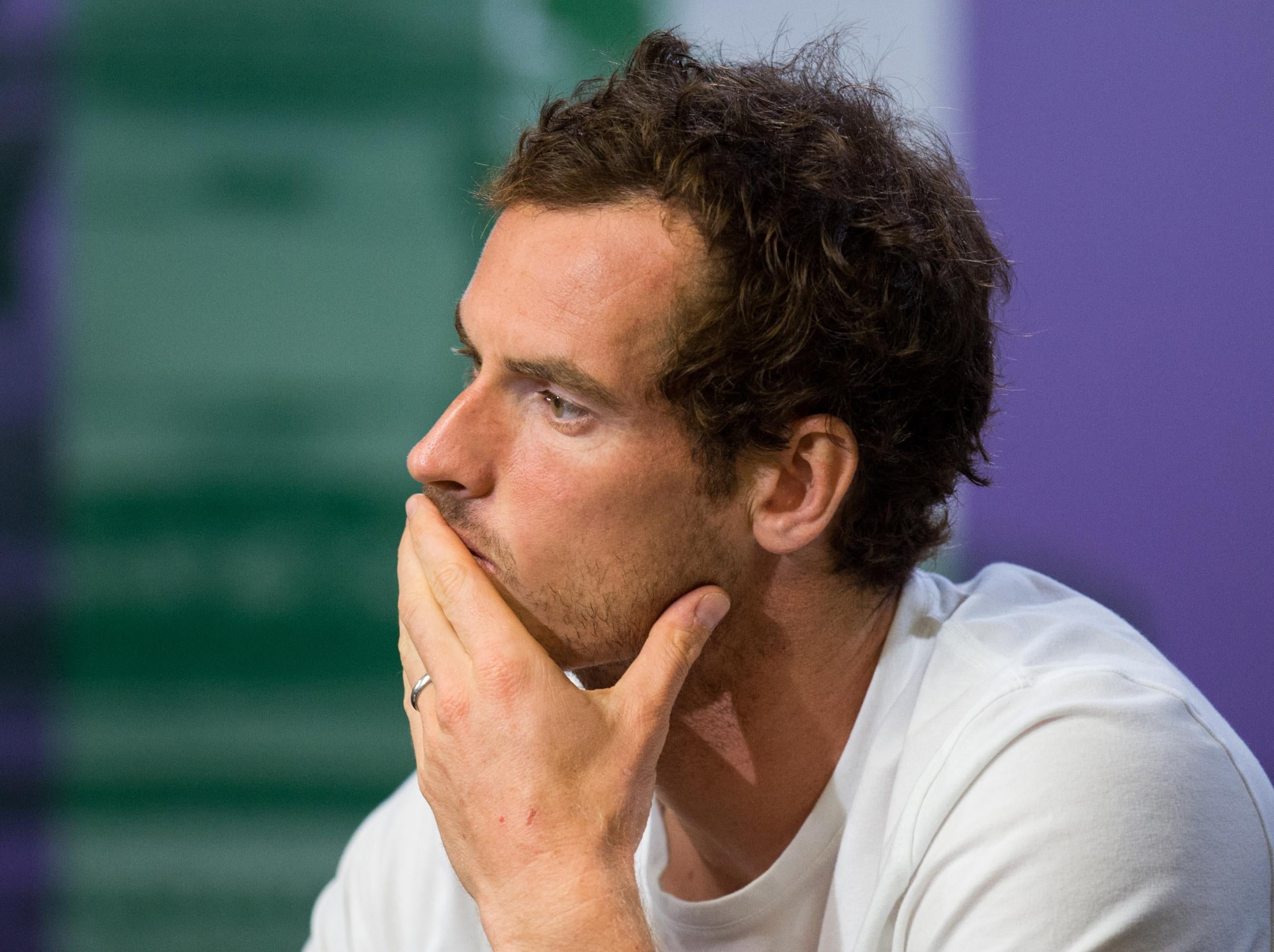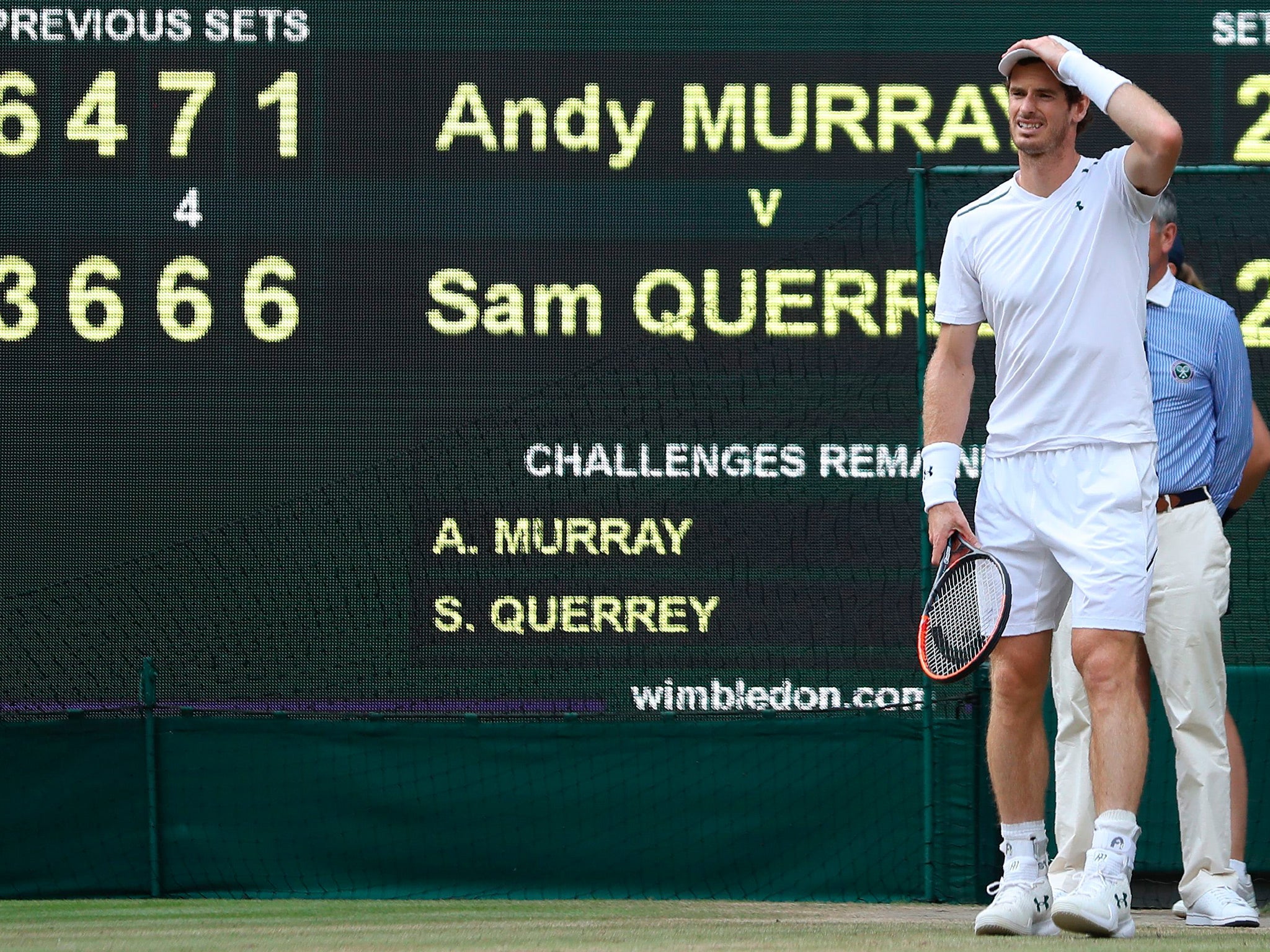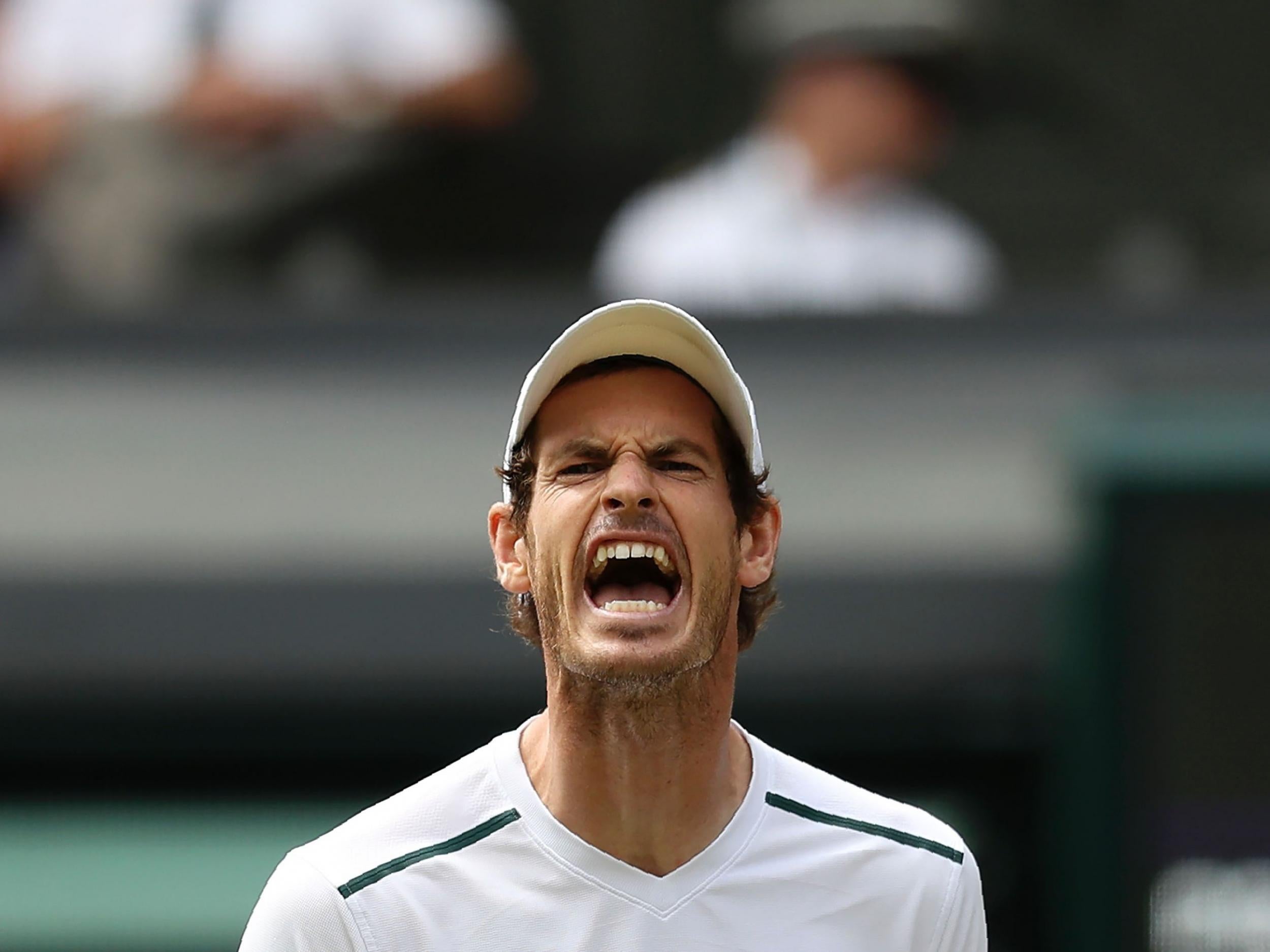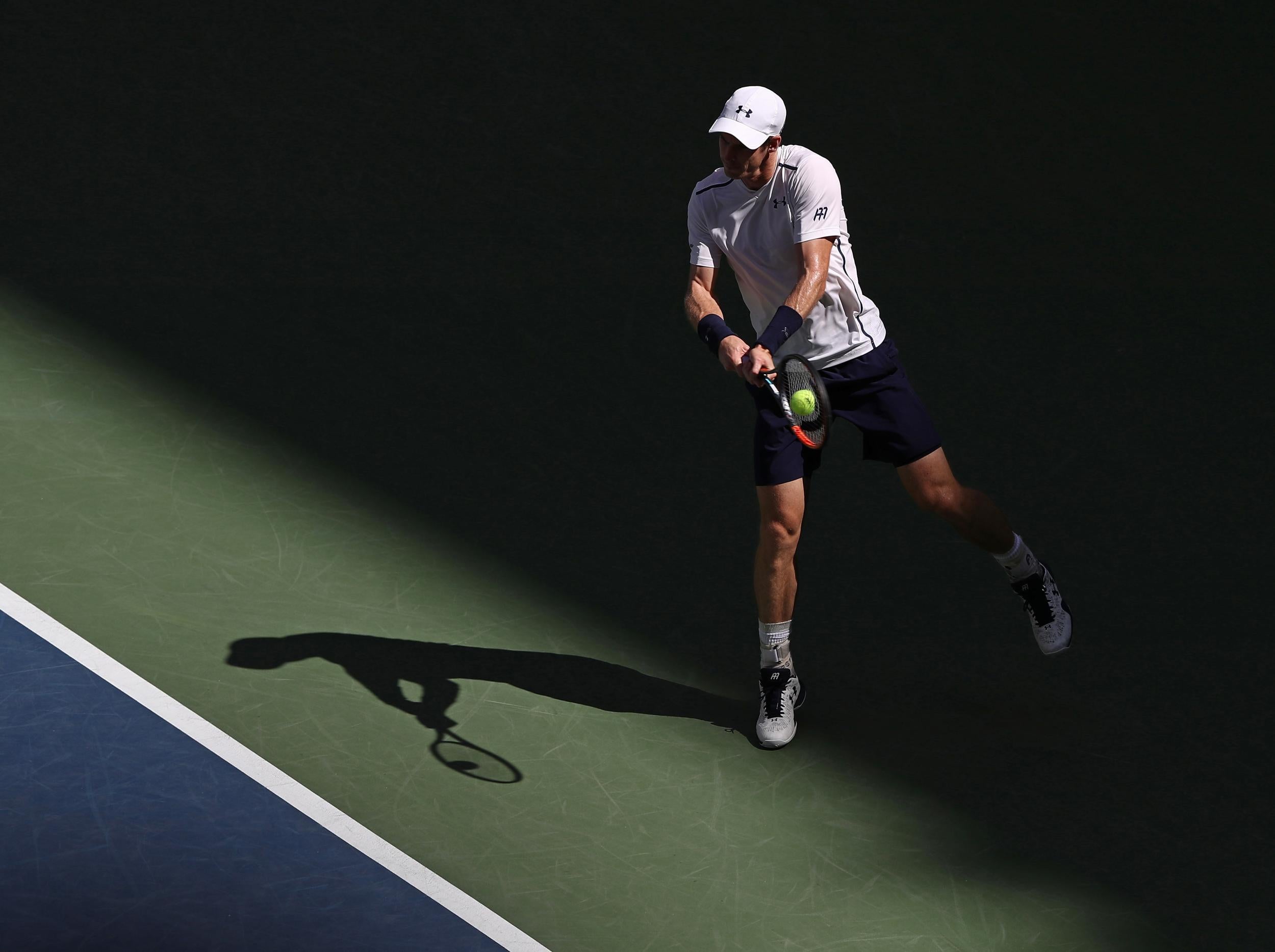Wimbledon 2017: Andy Murray only has a 50/50 chance of playing at this year's US Open, says hip specialist
A leading hip specialist said the nature of Murray's defeat made him want to cry

Your support helps us to tell the story
From reproductive rights to climate change to Big Tech, The Independent is on the ground when the story is developing. Whether it's investigating the financials of Elon Musk's pro-Trump PAC or producing our latest documentary, 'The A Word', which shines a light on the American women fighting for reproductive rights, we know how important it is to parse out the facts from the messaging.
At such a critical moment in US history, we need reporters on the ground. Your donation allows us to keep sending journalists to speak to both sides of the story.
The Independent is trusted by Americans across the entire political spectrum. And unlike many other quality news outlets, we choose not to lock Americans out of our reporting and analysis with paywalls. We believe quality journalism should be available to everyone, paid for by those who can afford it.
Your support makes all the difference.A leading hip specialist believes Andy Murray only has a 50/50 chance of playing at the US Open.
Giles Stafford, a consultant orthopaedic surgeon specialising in sports-related hip disorders, watched Murray's quarter-final loss to Sam Querrey at Wimbledon on Wednesday.
He said: "I almost wanted to cry for him. He was collapsing off the serve, he couldn't push off on the right at all.
"Obviously his movement was terrible, and as a result of that he couldn't push off his legs so his shots didn't have any penetration. And he was clearly in pain."
Murray has not revealed exactly what the problem is, but said it is something he has been dealing with for many years.
Stafford said: "What he has said would suggest he has potentially an underlying problem called dysplasia, which is a slightly shallow socket.
"There are obviously various ranges of that and his clearly must be quite mild since he's playing sport at the top level.
"However, what having that will do is it will predispose him to early wear and tear problems in the hip, because the way that the hip carries weight is wrong.
"Around the edge of the socket is a ring of tissue called the labrum, and the labrum becomes a weight-bearing structure, which it shouldn't normally be, and therefore that can tear. And over time you can develop early arthritis.
"It can also quite commonly be linked to another hip problem called impingement. If it is one or both of those things, it's likely to get worse as he gets older."

Murray missed two days of practice on the eve of Wimbledon, putting the defence of his title in serious doubt.
He declared himself fit enough to get through the two weeks but walked with a noticeable limp during all his five matches.
Murray insisted he was not risking further damage by playing, but Stafford believes that is unlikely.
Asked if he would have made the problem worse, Stafford said: "Yes probably, but not irreversibly.
"He's probably just inflamed it and it's got very sore. So if he takes a bit of time out he might be all right."

Murray was due to sit down with his team on Thursday to decide where to go from here, with the US Open less than seven weeks away.
Explaining the options available to the Scot, Stafford said: "If he has dysplasia, it can sometimes be conservatively treated with some rest, some physiotherapy and sometimes some guided injections.
"It all depends on how much damage is in the joint. If he has a lot of damage in the joint, you can try keyhole surgery to try and tidy up any damage and repair what you can, but you can't treat any shallow socket that way.
"The surgery for a shallow socket is quite a big operation and he wouldn't get back to professional sport. Keyhole surgery might improve some of his symptoms but may not improve all of his symptoms.
"If he decides he wanted to go forward for keyhole surgery, he might be out for six months. If he decides he's going to try and be as conservative as possible, then he'll probably just need a month or two's rest and then he might be playing again in a couple of months.
"I'd say the US Open would be 50/50 at a guess looking at the way he was playing yesterday."

Murray lost 12 of the last 13 games against Querrey as he struggled to move with anything like his normal fluency.
He insisted he will do what it takes to recover, saying: "I'll get the best advice I can, then stick with that.
"If it means taking a few weeks' rest, then so be it. If it means training and doing the right rehab and stuff, then I'll do that.
"I've been dealing with it for a very long time. Obviously as you get older, things are a little bit tougher to manage. There's a bit more wear and tear there.
"I'm sure moving forward I'll be able to get through it. Hopefully I'll come through the other side of it a better player, a better athlete."
Join our commenting forum
Join thought-provoking conversations, follow other Independent readers and see their replies
Comments